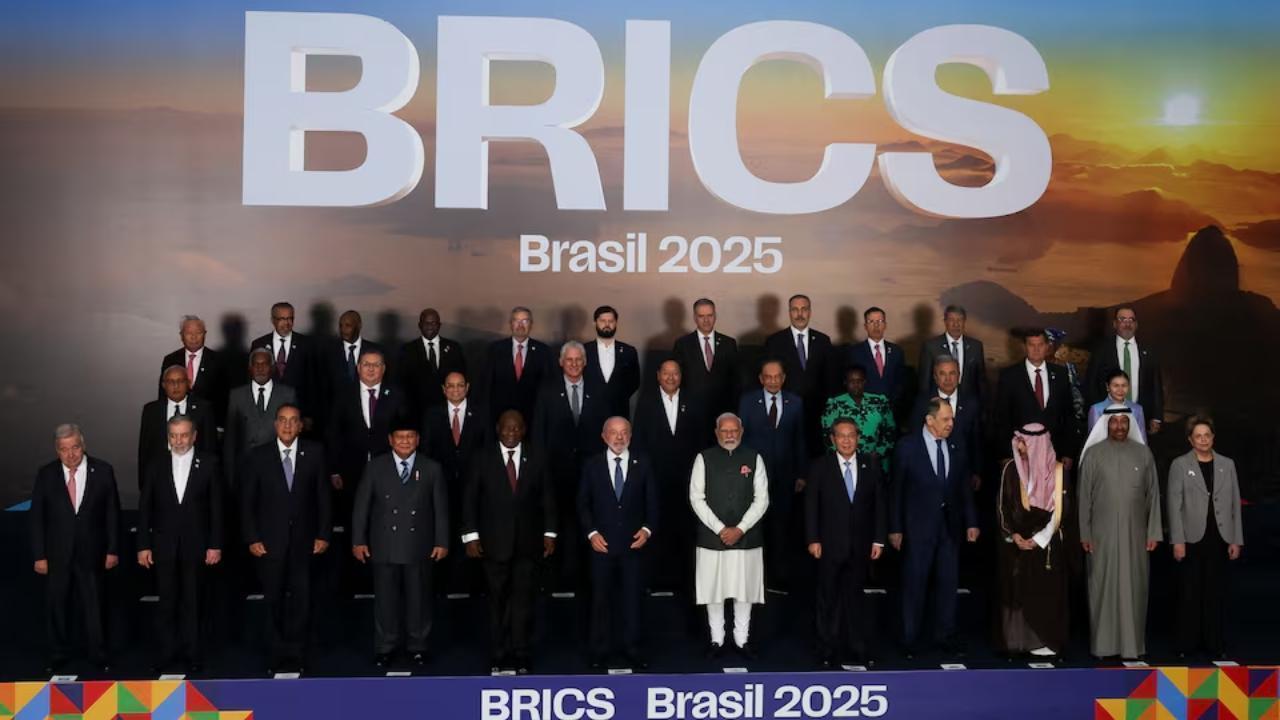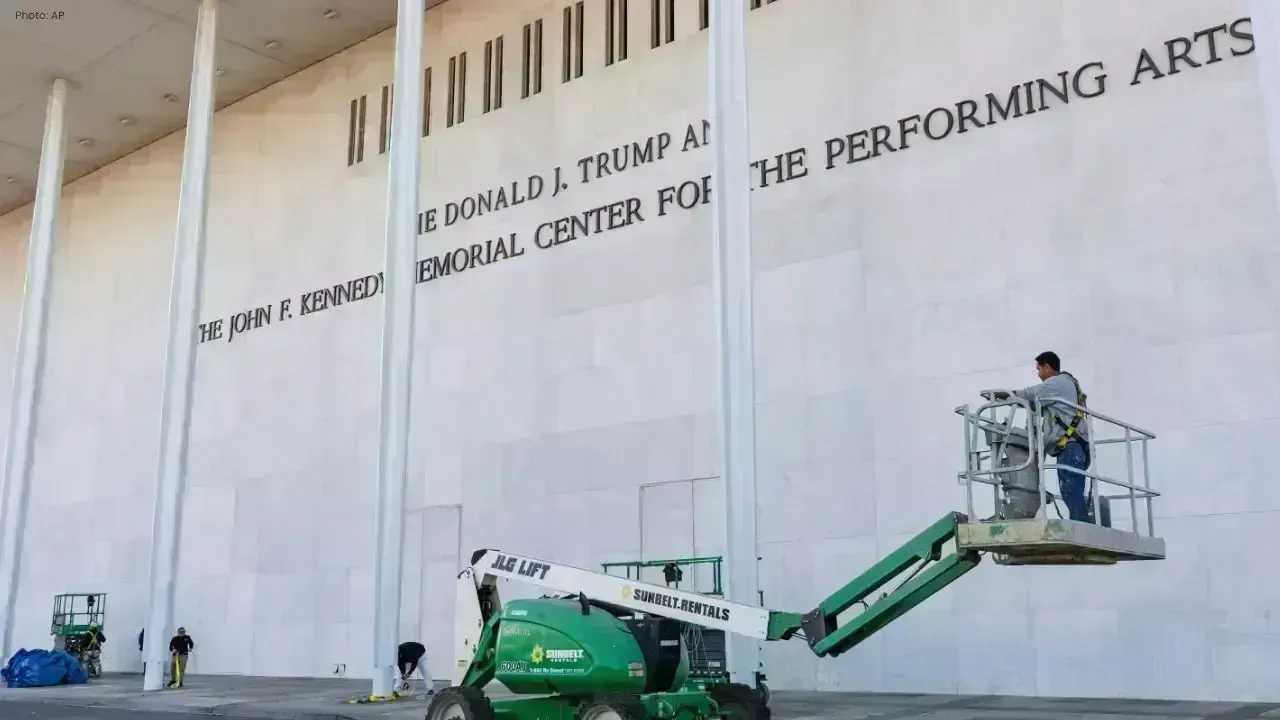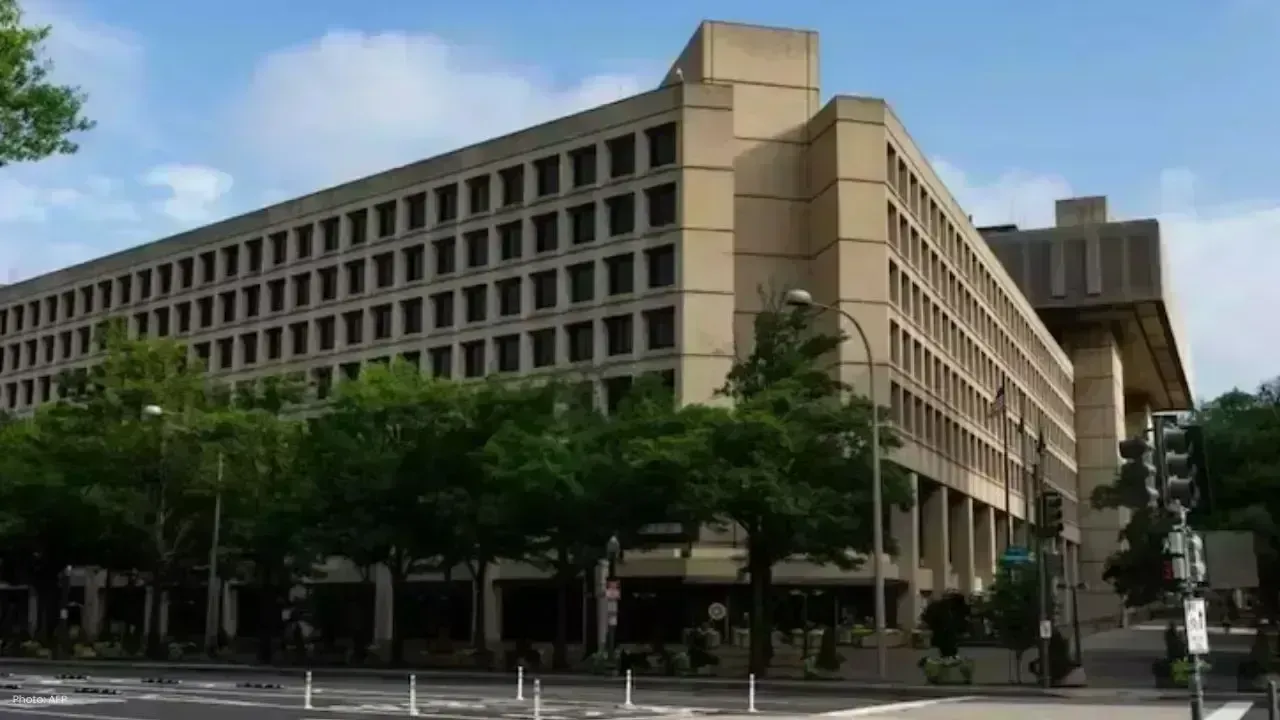You have not yet added any article to your bookmarks!

Join 10k+ people to get notified about new posts, news and tips.
Do not worry we don't spam!

Post by : Anis Farhan
In a global landscape increasingly defined by shifting alliances and multipolar influence, BRICS has emerged as one of the most compelling blocs of the 21st century. Once a modest economic grouping of Brazil, Russia, India, China, and South Africa, BRICS is now transforming into a powerful force reshaping the future of global governance and trade. With its recent expansion that includes countries like Egypt, Iran, Ethiopia, and the UAE, the ripple effects of this shift are being felt profoundly across Asia.
This expansion is not just a diplomatic move—it’s a recalibration of global economic and political power. For Asia, a continent already brimming with economic potential and home to two BRICS powerhouses—India and China—this shift could be monumental. The implications stretch from trade and investment to diplomatic strategy and technology cooperation, all pointing to a new kind of global influence rooted in the Global South.
BRICS has officially expanded to include six new nations: Argentina, Egypt, Ethiopia, Iran, Saudi Arabia, and the United Arab Emirates. While Argentina has since paused its membership under a new administration, the inclusion of powerful Asian and Middle Eastern countries dramatically shifts the bloc's orientation.
With Saudi Arabia, Iran, and the UAE on board, BRICS gains enormous leverage in energy policy. These nations are among the world's largest oil producers and have a growing stake in the global energy transition. Their participation also connects BRICS more directly to Asia, considering the Gulf’s deep economic ties to South and East Asia.
This enlarged grouping now represents around 46% of the world’s population and nearly 30% of global GDP. And unlike the G7 or NATO, BRICS isn’t bound by military doctrines or rigid political frameworks, giving it the flexibility to evolve according to regional needs.
For India, BRICS expansion is both an opportunity and a challenge. As one of the original BRICS members, India has always championed multilateralism and cooperation among emerging economies. The new entrants—especially Iran and Saudi Arabia—open new possibilities for regional trade corridors, energy security, and multipolar diplomacy.
However, India’s rivalry with China adds complexity. As China continues to push for a stronger BRICS economic agenda—especially through yuan-backed financial systems—India must navigate its concerns over sovereignty, fair trade terms, and influence within the bloc. India is also a founding member of other regional and global initiatives like the Quad and the Indo-Pacific Economic Framework (IPEF), which adds to its diplomatic juggling.
Still, with India aiming to become a $5 trillion economy by 2027, having a seat at an expanded BRICS table gives it added leverage to attract foreign investment, strengthen South-South cooperation, and influence global trade narratives from the perspective of the Global South.
China, Asia’s largest economy and arguably the most dominant player in BRICS, sees the expansion as a way to fast-track the creation of an alternative global order. With mounting tensions with the West, especially the United States, Beijing has consistently advocated for BRICS to become a counterweight to Western-dominated institutions like the IMF and the World Bank.
Through the BRICS New Development Bank and discussions around alternative currencies to the U.S. dollar, China aims to de-dollarize international trade, particularly among Global South nations. With new members like Iran and the UAE—both of whom already conduct oil trade in local currencies with China—Beijing is making tangible progress toward that goal.
From a strategic viewpoint, BRICS expansion gives China a broader canvas to assert influence without direct confrontation. This approach not only bolsters Beijing’s narrative of inclusive development but also solidifies its role in shaping new global governance norms—something that affects all of Asia’s economies.
Perhaps one of the most impactful aspects of BRICS expansion is the strengthening of energy diplomacy. With Saudi Arabia, the UAE, and Iran now in the mix, the bloc controls an even greater share of global oil exports. These nations are already crucial energy suppliers to India, China, and much of Southeast Asia. Bringing them into BRICS institutionalizes what was previously transactional.
The possibility of BRICS members developing joint energy strategies or pricing mechanisms has huge implications. If BRICS begins pricing oil in yuan or in a proposed BRICS currency, it could significantly reduce Asia’s dependency on the dollar and increase the bloc’s control over global supply chains.
For Asian economies trying to balance growth with energy security, this kind of strategic coherence within BRICS is more than welcome. It provides leverage, policy alternatives, and a cushion against Western economic pressure points like sanctions or interest rate shocks.
While not directly part of BRICS, Southeast Asian countries are closely watching the bloc’s evolution. Nations like Indonesia, Thailand, and Malaysia share many development priorities with BRICS: infrastructure investment, digital growth, food security, and climate resilience.
Indonesia, in particular, has shown interest in joining BRICS. As Southeast Asia’s largest economy and a member of the G20, its inclusion would further anchor BRICS in Asia. Even without full membership, these countries stand to benefit through trade agreements, access to BRICS-led development financing, and alignment on global governance reforms.
Moreover, BRICS expansion may serve as a geopolitical buffer for Southeast Asia amid U.S.-China tensions. As neutral economic partners with most major powers, ASEAN countries may find BRICS platforms useful for advancing regional interests without becoming pawns in great-power rivalries.
One of the boldest ambitions of the expanded BRICS is the push for de-dollarization. The idea of creating a common BRICS currency has been floated as a long-term goal, but even in the short term, members are increasingly conducting trade in local currencies.
Asia, with its complex web of bilateral trade relationships and rapidly digitizing financial systems, is fertile ground for such experimentation. China already conducts significant trade with Russia, Iran, and the UAE in non-dollar currencies. India has made moves to trade with some partners in rupees. If these practices become widespread within BRICS, they could reshape Asia’s monetary architecture.
De-dollarization won’t happen overnight, but the trend is unmistakable. For Asia, this means more autonomy, diversified risk, and the potential to cushion external shocks stemming from U.S. interest rate hikes or geopolitical tensions.
While BRICS expansion brings opportunity, it also introduces complexity. The group is now more diverse in terms of political systems, regional interests, and economic structures. Balancing the priorities of democratic states like India with those of theocratic regimes like Iran or monarchies like Saudi Arabia is not simple.
Asia, being home to several large democracies and fast-growing middle powers, may push for greater transparency and consensus within the bloc. There's also the risk that internal rifts—such as the Saudi-Iran rivalry or India-China border disputes—could undermine BRICS effectiveness.
Despite these tensions, what binds BRICS is a shared frustration with Western dominance and a desire for more equitable global frameworks. That shared ambition may be strong enough to override ideological differences—for now.
For Asia’s export-driven economies, BRICS expansion could mean new trade routes, diversified supply chains, and access to non-Western development financing. The BRICS New Development Bank (NDB), headquartered in Shanghai, is already funding several infrastructure projects across Asia.
If the bank starts accepting local currencies and new members’ contributions, it could become a vital alternative to institutions like the World Bank, which often come with policy strings attached. For Asia, that’s a major advantage.
Furthermore, BRICS could start shaping norms in digital governance, data privacy, and AI regulation—areas where Asia is surging ahead. A coordinated BRICS stance on tech could amplify Asia’s voice on the global stage, especially as digital economies like India, Singapore, and South Korea grow in influence.
BRICS is no longer just a forum for economic dialogue—it’s evolving into a platform that could redefine the 21st-century world order. For Asia, particularly countries like India and China, it’s a chance to shape global narratives, protect regional interests, and lead initiatives rooted in equity and sustainability.
As BRICS continues to attract interest from countries like Indonesia, Kazakhstan, and Bangladesh, its future seems deeply tied to Asia’s aspirations. The continent is not just watching the BRICS story unfold—it’s writing it.
This editorial feature has been created for Newsible Asia to provide readers with a detailed, unbiased understanding of current international developments. The analysis presented reflects publicly sourced data and expert opinions. Readers are encouraged to independently verify any critical information before drawing conclusions, especially in contexts involving economic forecasting or geopolitical interpretations.










Akshaye Khanna exits Drishyam 3; Jaideep Ahlawat steps in fast
Producer confirms Jaideep Ahlawat replaces Akshaye Khanna in Drishyam 3 after actor’s sudden exit ov

Kapil Sharma’s Kis Kisko Pyaar Karoon 2 to Re-release in January 2026
After limited screens affected its run, Kapil Sharma’s comedy film Kis Kisko Pyaar Karoon 2 will ret

Hrithik Roshan and Saba Azad Celebrate Christmas at Family Party
Hrithik Roshan and Saba Azad celebrated Christmas at Sussanne Khan’s party, sharing happy moments wi

China Sanctions 20 US Defense Firms Over Taiwan Arms Sales Dispute
China imposes sanctions on 20 US defense companies and 10 executives for supplying arms to Taiwan, e

Salman Khan’s Grand 60th Birthday Bash at Panvel Farmhouse Shines Bright
Salman Khan celebrates his 60th birthday with a grand party at Panvel farmhouse, sharing joyful mome

Thailand Defence Minister Joins Talks to End Deadly Border Clash
Thailand’s defence chief will join talks with Cambodia as border clashes stretch into a third week,